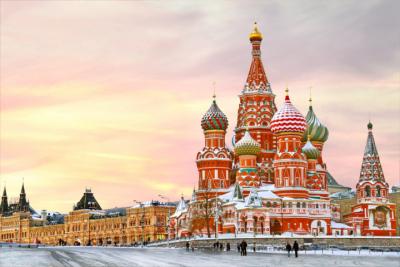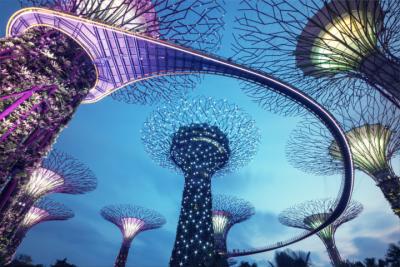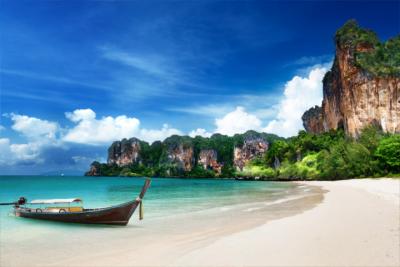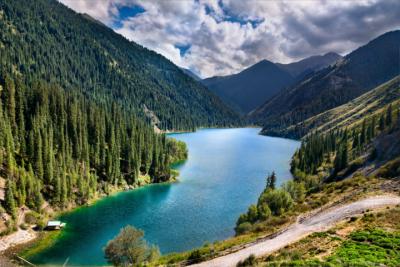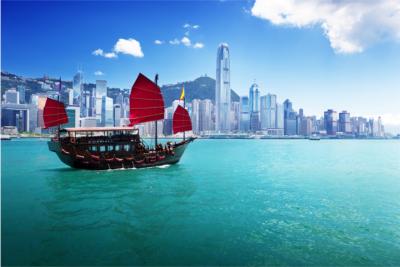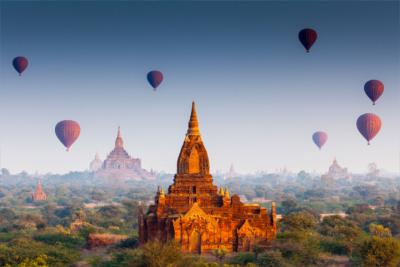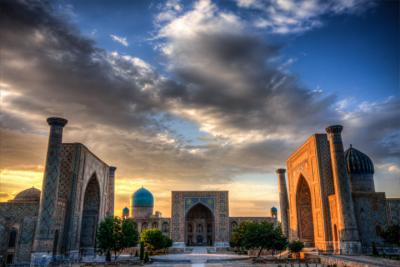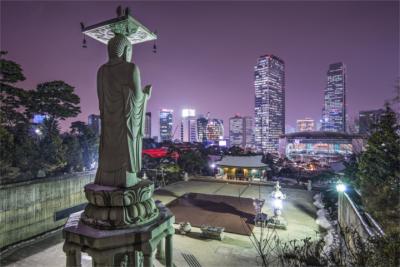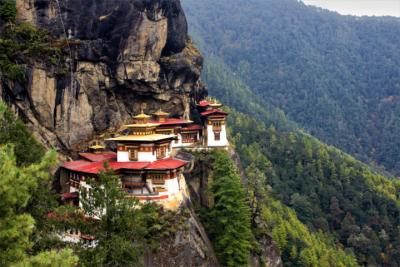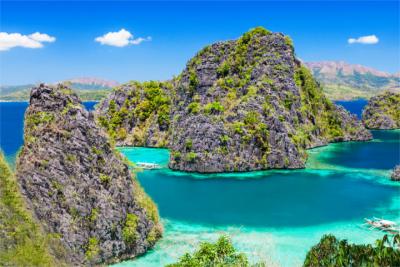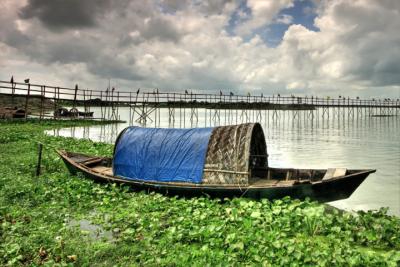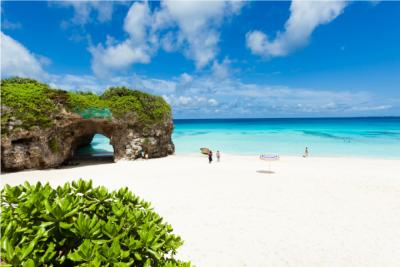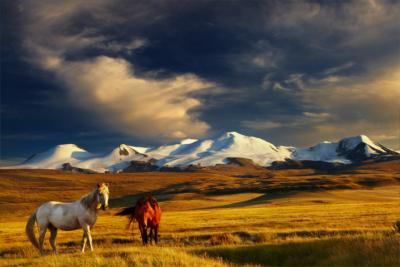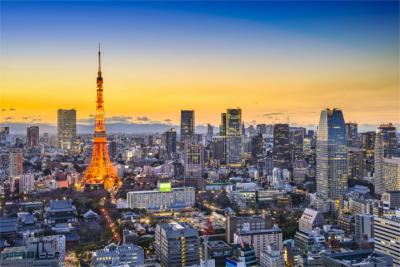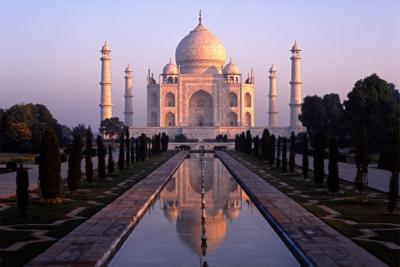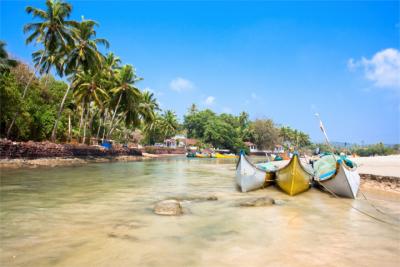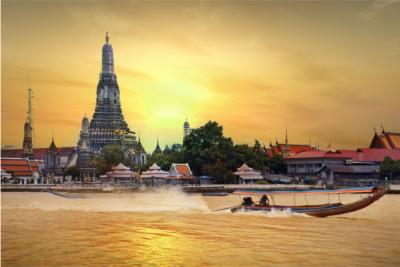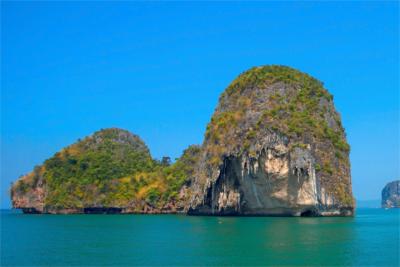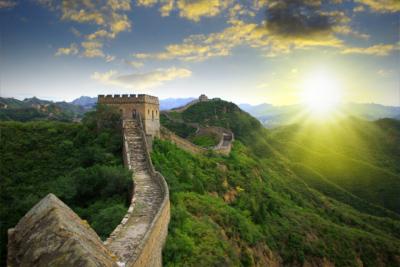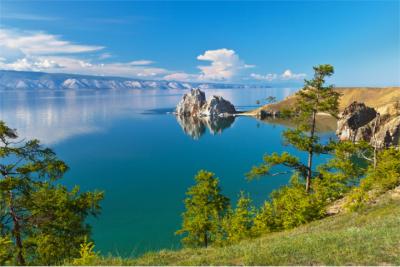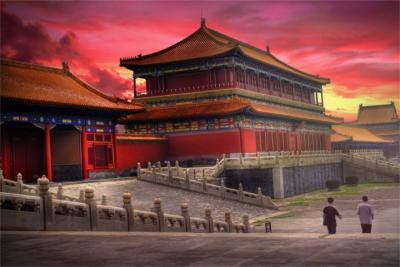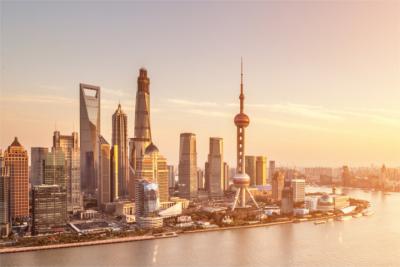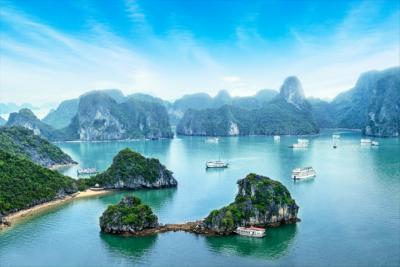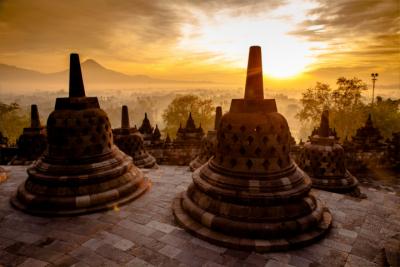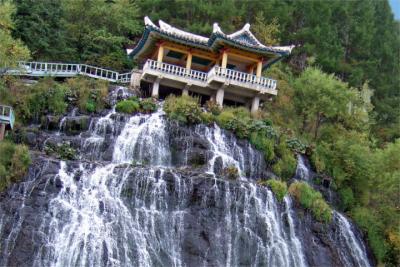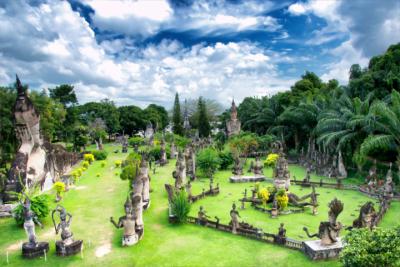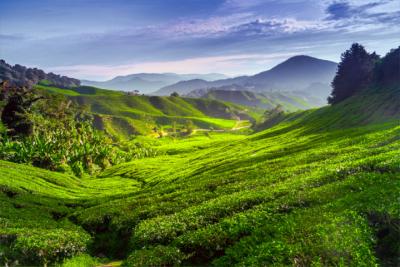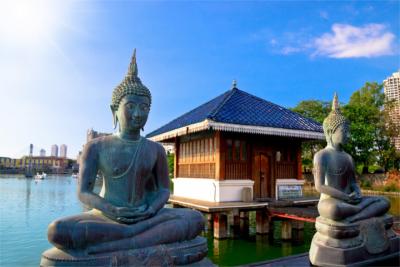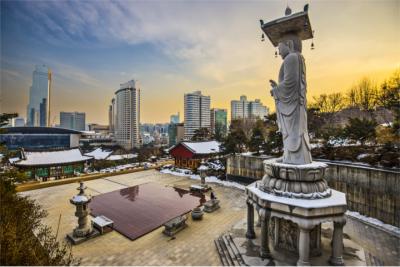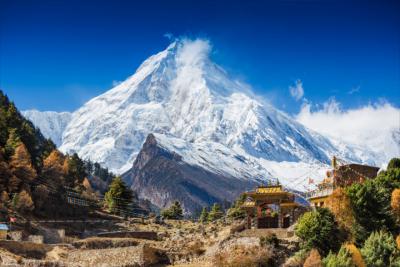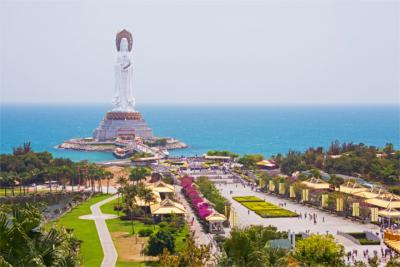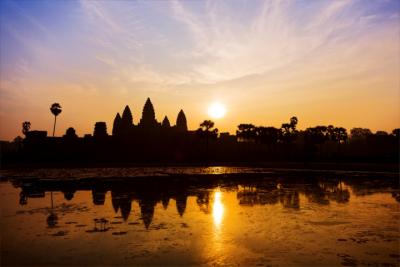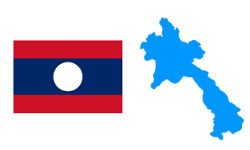Travel Offers
Travelmyne Featureprint
Distance
Laos – Making Time for a Special Country
Holidaymakers travelling to Laos should take their time because you need it to reach the country's sights or learn about its culture. But it is exactly that what makes Laos so appealing - nativeness in both its rich nature, culture and the life of the population.
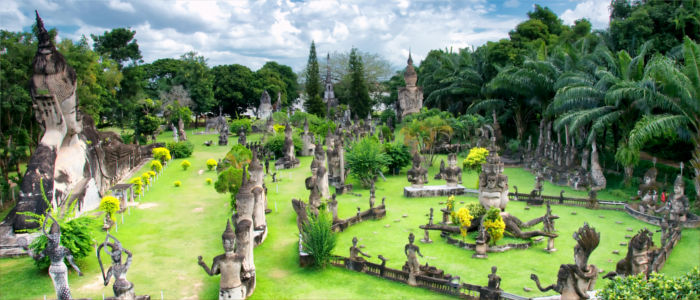
Geography - The inland country in the shape of a shooting star
The little inland country in the shape of a shooting star is located on the Indochinese peninsula. Nearly the whole country is crossed by a mountain range from north to south with Phu Bia as the highest peak (2,819 m). In the south and west you find a narrow strip of fertile lowland, which covers about ten percent of Laos. Monsoons contribute to the climate, which is generally tropical with warm temperatures throughout the year. The Mekong, which runs through Laos, is one of the longest rivers on earth.
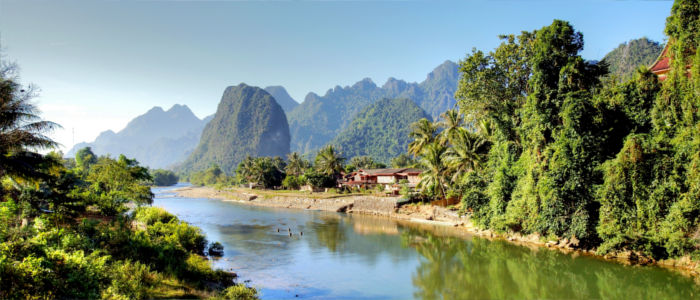
Nature - Discovering elephants in the wilderness
About half of the country is covered in thick, lush forests, including the rich flora and fauna of the tropical rainforest. It is home to leopards, tigers, elephants, tapirs and monkeys. Further up in the mountains you find forests full of pines, oaks and magnolias. The fertile plains are used for growing rice, tea, tobacco and cotton. The region is dominated by vast fields but you can also see bamboo, sandalwood and teak growing and harsh rocks protruding between them.
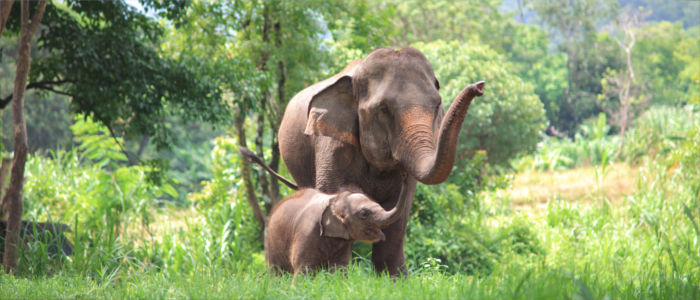
Natural sights - Spectacular Mekong waterfalls
The province Luang Namtha in the country's north-west is an excellent starting point for trekking tours. Numerous wild animals populate the city's natural reserves. You best begin trips to the south in the region Pakse. From there you can reach the spectacular Mekong Waterfalls near Si Phan Don with their drop of 18 metres. You can also travel to the area of the four thousand islands of Si Phan Don from Pakse. Between the numerous sandbanks and stony islands you find some of the last Irrawaddy dolphins. Laos' most fertile region is the Bolaven Plateau, which is situated on a dead volcano. Several waterfalls, thick forests and vast coffee plantations characterise the region. Worth seeing are also the famous Pak Ou Caves at the Mekong. They display fascinating formations and many Buddha statues were erected inside them. The country's national animal, the elephant, still lives in the wild in the conservation areas Dong Amphan and Dong Khanthung in the south-east, for example. You can also watch these grey giants in the Elephant Village near Luang Prabang.
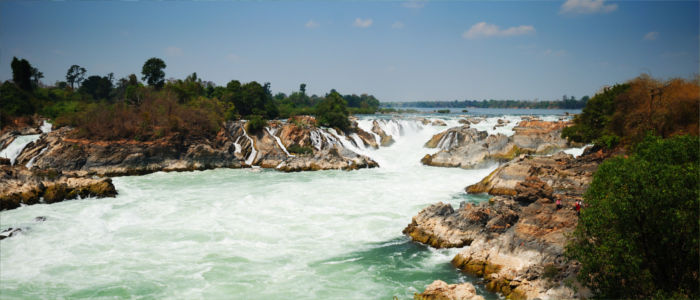
Culture - Buddhist monks
The country's origins date back to the 14th century, when the kingdom of Lan Xang, "The Land of a Million Elephants and the White Parasol", emerged on the territory. It flourished in the 17th century and broke down afterwards. In the 19th and 20th century, the French ruled Laos before it became independent in 1954. Since 1975 the country has been communist. The people's life was and is shaped by Buddhism. You see religious buildings everywhere, which constitute significant places for believers. It is still the custom that young men live as monks for a certain time. Playing the distinctive mouth organ khene is also part of Laos' culture. It is used to accompany traditional songs.
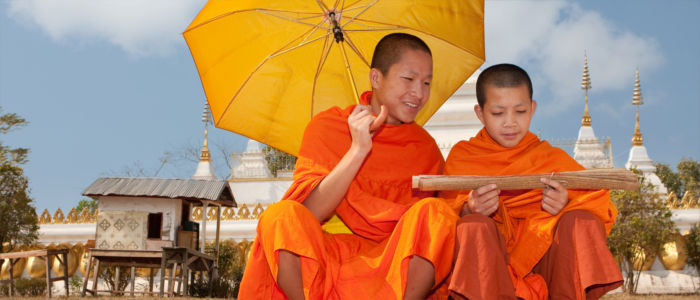
Cultural sights - Unique palaces and temples
Despite its 450,000 inhabitants, the capital Vientiane is more rural than urban. The numerous little shops and the big market create a rural atmosphere. Many historical buildings contribute to this character. The most famous example is the Pha That Luang. This Buddhist national treasure is equipped with a golden roof and was built in the 16th century. The Buddha Park near the capital accommodates numerous Buddhist and Hindu statues, which are up to 50 metres high. From Vientiane you can reach the royal town Luang Prabang by boat. It is known for its many temples, monasteries and pagodas. Particularly magnificent examples are the temple Wat Xieng Thong, which is decorated with glass and gold, and the former Royal Palace (Haw Kham). A truly extraordinary sight is the so-called Plain of Jars near Phonsavan. It is filled with hundreds of mysterious stone jars which are between half a metre and three meters long and about 2,000 years old. Another well-known attraction is the temple Vat Phou near Pkase from the 5th century, which offers an unbelievably beautiful view of the Mekong Valley.
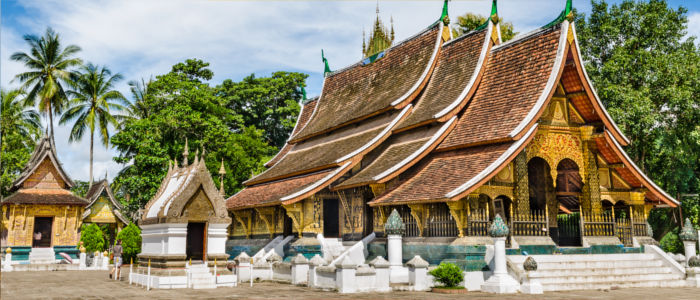
Experience - Getting to know the life of the rural population
Laos is considered the centre of the art of weaving. You can watch inhabitants do this swift handicraft in traditional villages, for example Ban Phanom, and buy souvenirs made of silk or embroidery. You can generally get to know the Lao lifestyle well in the villages. Interesting insights into the Lao culture are provided by singing competitions between men and women. The traditional theatre shows the people's religious nature. Vientiane and Luang Prabang have a number of discos, clubs and bars with live music, which invite visitors to go out at night. As it is common in most Asian countries, many dishes consist of rice and noodles. Soups are also eaten at many occasions. Tourists can taste dishes made with freshly prepared prawns or the local beer.

Activities - Holidays in a deserted landscape
The remote country with its calm atmosphere is perfectly suited for relaxing and taking a break from everyday life. Laos' native regions, on the other hand, are a paradise for adventurers who want to explore the country on their own. Trekking, cycling, caving or rafting are also possible in Laos. Furthermore, you can drift down the river near Vang Vieng with a so-called "biscuit", which consists of a tube (the sports is called "tubing") or swing into the river on lianas. Visitors can experience the country's natural beauty on an elephant or night safari, for example.
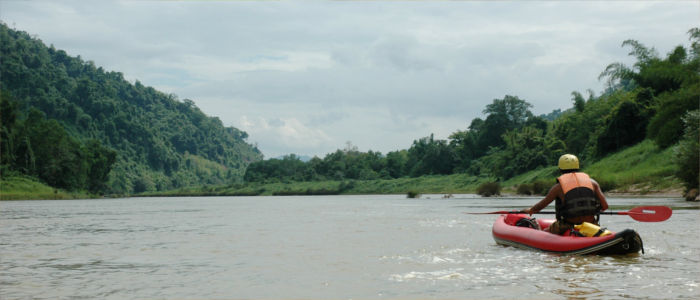
Information
Vientiane (VTE) is the most important of the country's four international airports. There is also a train connection between Thailand and Laos. Within Laos, you can travel on the big streets by bus or take a ship on the Mekong, for example. The official language is Lao and many inhabitants in the more central regions also know a bit of English.
Laos is very popular with ecotourists and backpackers because it offers ideal conditions for exploring unspoiled, beautiful nature and being active. Visitors who want to relax and learn about the unique Buddhist treasures also get their money's worth here.

